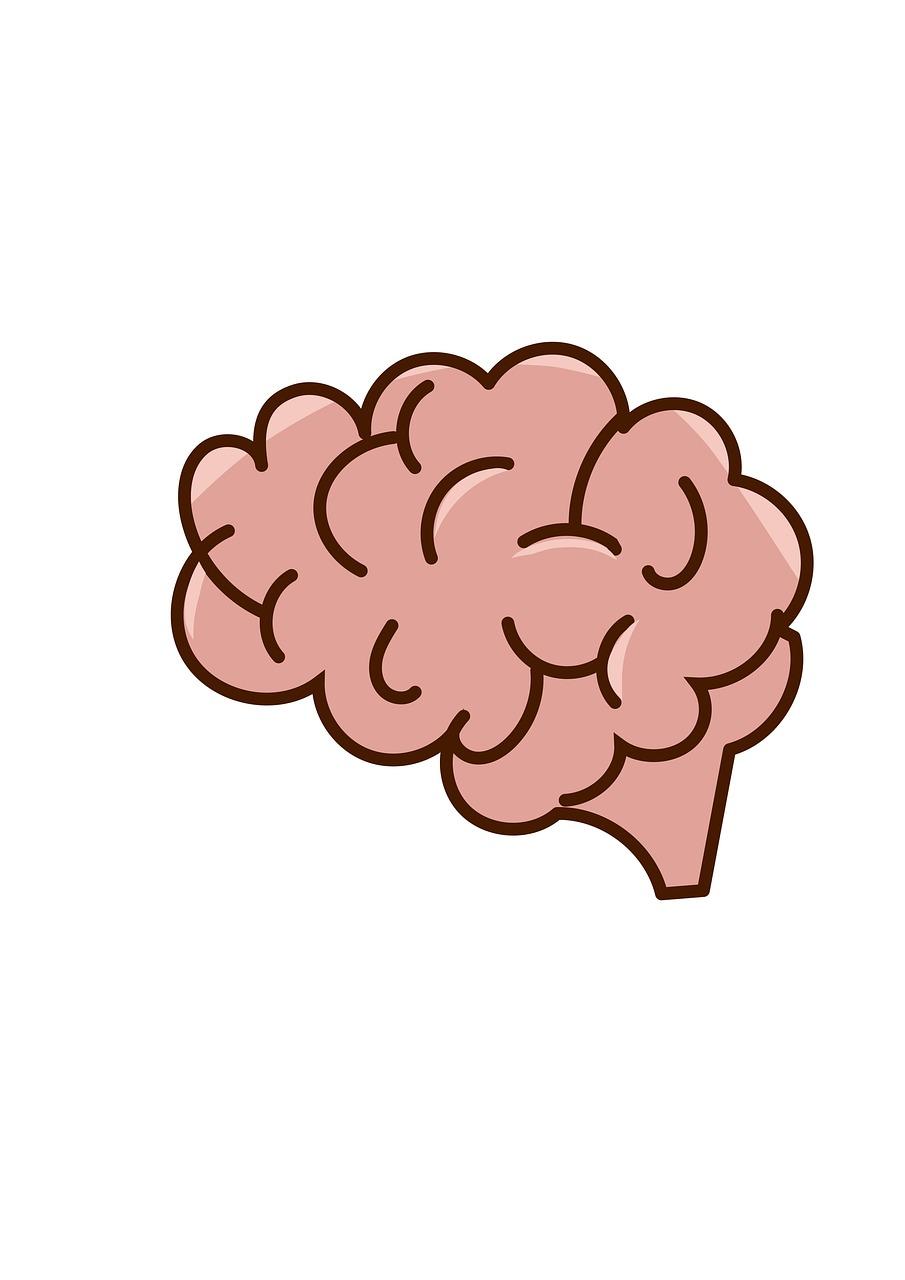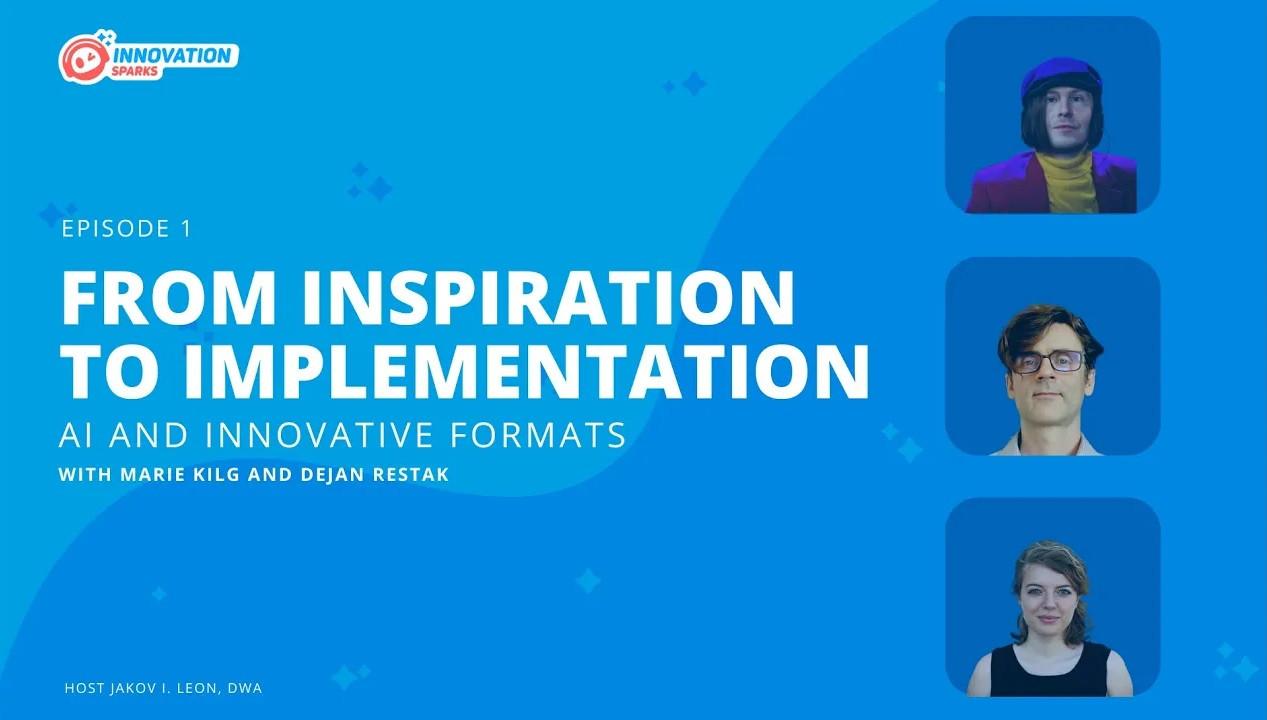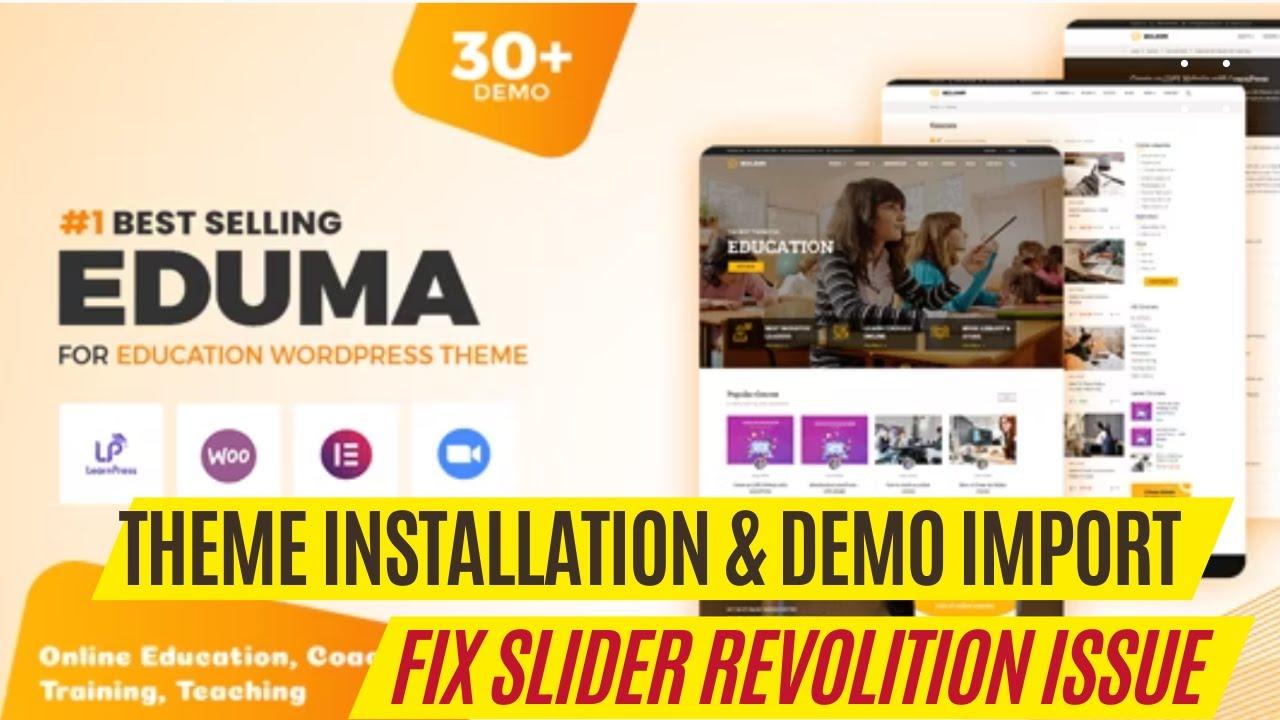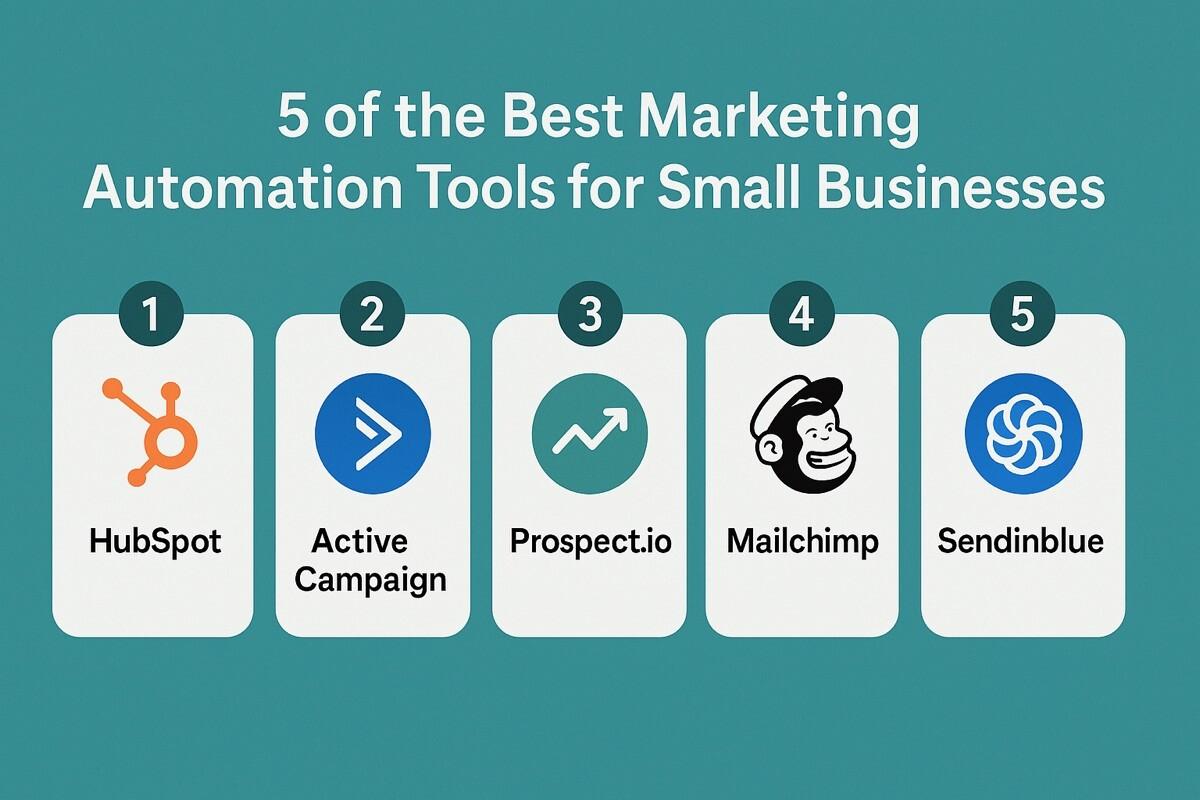Ever wonder why those eye-catching banners seem to vanish in thin air? That’s banner blindness at play! Our brains filter out repetitive ads. But don’t despair—using engaging visuals and personalized content can cut through the noise. Let’s revitalize your approach!
The Psychology Behind Banner Blindness (and How to Overcome It)
The Psychology Behind Banner Blindness (and How to Overcome It)
Have you ever found yourself scrolling through a website, your eyes casually skimming over those eye-catching banners and ads, only to realize later that you hardly registered their presence? You’re not alone! This phenomenon, known as banner blindness, affects countless internet users who have grown accustomed to ignoring these flashy marketing efforts. But why do we do this? What’s happening in our brains that makes us turn a blind eye to the very messages advertisers are desperate to share? In this article, we’ll dive deep into the psychology behind banner blindness, exploring the cognitive patterns that lead to this fascinating behavior. More importantly, we’ll uncover effective strategies to overcome it, ensuring that your messages not only capture attention but also resonate with your audience. Whether you’re a marketer aiming to improve your campaigns or simply curious about the quirks of online behavior, this exploration into the mind’s eye is sure to illuminate the way forward in a world increasingly saturated with digital distractions. Let’s get started!
Understanding Banner Blindness and Its Impact on Engagement
Banner blindness is a phenomenon where users consciously or unconsciously ignore banner-like information on websites. This occurs because our brains are wired to filter out repetitive and non-essential information to streamline our cognitive load. As a result, even the most creative and well-targeted banners can go unnoticed, leading to underwhelming engagement metrics.
One key aspect of understanding this behavior is recognizing the psychological triggers that drive users to tune out certain types of content. Users often develop a sort of protective mechanism against distractions, especially in a world inundated with visual noise. Factors such as the placement of banners, their design, and even the surrounding content can significantly influence whether a user engages or ignores.
Here are some reasons why banner blindness occurs:
- Repetitive Exposure: Users frequently encounter similar banner ads across multiple sites, causing desensitization.
- Visual Overload: A cluttered page with too many competing visuals makes it hard for users to focus on any single element.
- Expectations: Users often anticipate ads to appear in specific formats or locations, leading them to overlook anything that deviates from their expectations.
To combat banner blindness and improve engagement, it’s crucial to create banners that stand out and capture attention. Consider the following strategies:
- Design for Visibility: Use bold colors, clear fonts, and compelling images to draw the eye.
- Innovate Placement: Instead of traditional placements, try integrating your banners within the content or using unconventional formats.
- Personalize Content: Leverage data to tailor your banners to specific demographics or user behaviors.
Another effective approach is to utilize A/B testing to refine your banner designs and placements. This method allows you to gather data on user interactions and preferences, leading to informed adjustments that can significantly boost engagement.
Here’s a simple comparison table to illustrate the impact of various banner strategies on user engagement:
| Banner Strategy | Average Click-Through Rate (CTR) |
|---|---|
| Traditional Banners | 0.05% |
| Innovative Formats | 0.15% |
| Personalized Content | 0.30% |
By implementing these strategies and understanding the underlying psychology behind banner blindness, advertisers can create more effective campaigns that resonate with users, ultimately leading to higher engagement and conversion rates.

The Cognitive Science of How We Process Online Ads
Understanding the cognitive processes behind our interactions with online ads is crucial for marketers seeking to cut through the noise. As users scroll through content, their brains are working overtime to filter out what’s relevant and what’s not. This phenomenon, often termed “banner blindness,” occurs when users develop a tendency to overlook banner-like advertisements, rendering them ineffective. However, by leveraging insights from cognitive science, advertisers can revitalize their strategies to capture attention effectively.
One of the key factors in overcoming banner blindness is the design of the advertisement itself. To make ads stand out, consider the following elements:
- Color Contrast: Use bright and contrasting colors that diverge from the webpage’s palette.
- Placement: Position ads in unexpected locations where users are less likely to ignore them.
- Dynamic Content: Incorporate animations or interactive elements that invite user engagement.
- Personalization: Tailor ads based on user behavior and preferences for a more relevant experience.
Moreover, it’s essential to recognize the psychological triggers that can prompt clicks. The principles of scarcity, urgency, and social proof can be powerful motivators for user action. For instance, showcasing limited-time offers or highlighting popular products can create a sense of urgency that urges users to engage with the ad. Here’s how these triggers play out:
| Psychological Trigger | Effect on Users |
|---|---|
| Scarcity | Users feel compelled to act quickly to avoid missing out. |
| Urgency | Time-sensitive messages encourage immediate action. |
| Social Proof | Seeing others’ actions increases trust and persuades users. |
Another significant aspect is the contextual relevance of the ads. When users encounter ads that are aligned with their interests or current browsing behavior, they are more likely to engage. This calls for a sophisticated approach to data analytics, allowing marketers to serve personalized ad content that resonates with the users. By analyzing user data, businesses can craft campaigns that feel less intrusive and more like valuable recommendations.
enhancing user experience is paramount. Integrating ads that provide genuine value—such as informative content or entertaining visuals—can transform the perception of advertising from annoyance to enrichment. When users feel that an ad adds to their online experience, they are more likely to pay attention and convert. In this evolving digital landscape, understanding the cognitive science behind ad processing is not just beneficial; it’s essential for survival in a world where attention is the most coveted currency.
Identifying the Triggers that Lead to Banner Blindness
Understanding the factors that contribute to banner blindness is essential for anyone looking to improve their digital marketing strategies. Banner blindness occurs when users subconsciously ignore banners, ads, or promotional content on websites. This phenomenon is influenced by several psychological and design-related triggers that marketers must consider.
Repetition and Familiarity: Overexposure to similar ads can lead to desensitization. When users repeatedly see the same style, colors, or messaging, they start to screen it out. To combat this, consider:
- Varying your ad designs regularly.
- Using unique visuals or formats that stand out.
- Testing different messages to see what resonates best.
Placement and Design: The position of ads on a webpage significantly influences their visibility. Users often develop a mental model of a webpage’s layout, leading them to ignore certain areas. Consider the following:
- Place ads in non-traditional spots that break the pattern.
- Use contrasting colors to make ads pop.
- Incorporate eye-catching animations or interactive elements.
Content Overload: In our fast-paced digital environment, users are bombarded with information. This can lead to cognitive overload, where individuals feel overwhelmed and retreat into selective attention. To address this, try:
- Keeping ads simple and straightforward.
- Ensuring your messaging aligns with the surrounding content.
- Utilizing white space effectively to avoid clutter.
Trust and Authenticity: Users are more likely to overlook ads from brands they don’t trust. Building trust can significantly reduce banner blindness. Strategies include:
- Incorporating social proof, like testimonials.
- Using recognizable branding elements.
- Ensuring your ads deliver real value to the audience.
By understanding these triggers, marketers can create more effective advertisements that capture attention rather than being ignored. It’s not just about placement; it’s about creating meaningful, engaging content that resonates with the audience’s needs and emotions.
The Role of Design in Capturing User Attention
In an age where users are inundated with information, design plays a pivotal role in breaking through the noise and capturing attention. The right combination of color, typography, and imagery can transform a mere banner into a visual magnet that compels users to engage. Here’s how effective design can elevate user interaction:
- Color Psychology: Colors evoke emotions and can significantly influence behavior. For instance, red can create urgency, while blue instills trust. Choosing the right color palette can enhance the likelihood of user engagement.
- Typography Matters: The font you choose can communicate a brand’s personality. Bold, readable fonts grab attention, while elegant scripts may evoke a sense of luxury. Ensuring legibility while maintaining aesthetics is key to effective design.
- Imagery Impact: Striking visuals can tell a story without words. High-quality images that resonate with your target audience can create a stronger connection and draw in users more effectively than text alone.
- Whitespace Utilization: Sometimes, less is more. Strategically using whitespace can lead the eye to important elements of your banner, making it easier for users to digest the information presented.
Moreover, incorporating elements like animation can capture attention quickly. Subtle movements or transitions can create a sense of dynamism that static images lack. However, it is crucial to strike a balance; overdoing animations can lead to distraction rather than engagement.
To illustrate the effectiveness of design choices, consider the following table that showcases different design elements and their impact on user engagement:
| Design Element | Impact on Engagement |
|---|---|
| Color Contrast | Increases visibility and draws the eye |
| Bold Fonts | Enhances readability, encourages click-throughs |
| Clear CTAs | Guides users to take action, boosts conversions |
| Responsive Design | Improves user experience across devices |
When designing for the web, it’s essential to remember that users are scanning rather than reading. Therefore, creating a clear hierarchy in design helps users easily navigate through content. Highlighting key information and using visual cues can guide users towards what’s most important, effectively reducing banner blindness.
Ultimately, understanding the psychology behind how users perceive design can empower marketers and designers to create more effective, engaging banners. By leveraging design strategically, brands can not only capture attention but also foster a deeper connection with their audience.

Strategies to Create Eye-Catching and Effective Banners
Creating banners that stand out and effectively capture attention requires a blend of creativity and psychological insight. To combat banner blindness, it’s essential to design visuals that not only attract the eye but also resonate with the viewer’s desires and needs. Here are some strategies to enhance your banner designs:
- Use Bold Colors: Bright, contrasting colors can create visual interest and make your banner pop. Choose a color scheme that aligns with your brand while ensuring it draws attention.
- Incorporate Clear Messaging: Use concise and impactful text. A compelling headline that clearly states the offer or message can significantly increase engagement.
- Employ High-Quality Visuals: Invest in professional images or graphics. Visual content should be appealing and relevant to enhance the overall message of your banner.
- Create a Sense of Urgency: Phrases like “Limited Time Offer” or “Only a Few Left!” can encourage immediate action. This taps into the psychological principle of scarcity.
- Include a Strong Call to Action (CTA): Make your CTA clear and actionable. Instead of just “Learn More,” use compelling phrases like “Get Your Free Trial Now!” to spur clicks.
Another effective approach is to utilize the concept of whitespace strategically. A clutter-free design can help direct the viewer’s focus to the key elements of your banner. Here’s how to implement whitespace effectively:
- Isolate Key Elements: By giving your CTA or headline room to breathe, you make it more prominent and easier to digest.
- Balance Text and Images: Ensure that there is an equilibrium between text and imagery so that neither overwhelms the other.
- Guide the Eye: Use directional cues, such as arrows or lines, to lead users towards your CTA.
Additionally, consider the use of interactive elements. Banners that incorporate slight animations or hover effects can make them feel more engaging and less like traditional ads, reducing the risk of banner blindness. However, keep it subtle to avoid detracting from the main message.
| Element | Benefit |
|---|---|
| Colors | Attracts attention and emphasizes key messages |
| Whitespace | Improves readability and focus |
| Urgency | Encourages immediate action |
| Interactive Features | Increases engagement and reduces blindness |
Remember, the goal is to create a banner that not only captures attention but also encourages interaction. By incorporating these strategies into your design process, you can effectively overcome banner blindness and drive engagement with your audience.

How Personalization Can Reduce Banner Blindness
In an age where digital consumers are bombarded with an overwhelming amount of information, the phenomenon of banner blindness becomes a significant hurdle for marketers. However, one effective way to combat this challenge is through personalization. By tailoring advertisements to meet the individual preferences and needs of users, brands can significantly enhance engagement and diminish the tendency for viewers to ignore banner ads.
Personalization transforms generic ads into relevant content that resonates with users on a personal level. When a banner ad reflects a user’s interests, behaviors, or location, it creates a stronger connection. Consider these key aspects of personalization:
- Relevance: Ads that align with a user’s previous interactions or interests are more likely to capture attention.
- Dynamic Content: Utilizing data to dynamically change content based on user behavior can lead to higher engagement rates.
- Geo-targeting: Tailoring messages based on a user’s geographic location can make the advertisement feel more pertinent and timely.
Furthermore, leveraging data analytics allows marketers to gain insights into user behavior and preferences. By analyzing this data, brands can create targeted campaigns that speak directly to the audience. For instance, a user who recently browsed hiking gear might be served an ad featuring a local hiking trail or a discount on outdoor apparel.
To illustrate the effectiveness of personalized ads, consider the following table showcasing the difference in click-through rates (CTR) between personalized and generic banner ads:
| Ad Type | Click-Through Rate (CTR) |
|---|---|
| Generic Banner Ads | 0.1% – 0.5% |
| Personalized Banner Ads | 1.0% – 3.0% |
As shown, personalized ads can yield significantly higher engagement rates. This not only diminishes the likelihood of banner blindness but also increases the chances of conversion. When users feel that an ad is specifically crafted for them, they are more inclined to take action, whether it’s clicking through to a website or making a purchase.
Moreover, personalization fosters a sense of trust between the consumer and the brand. When users see ads that align with their interests, they are more likely to perceive the brand as understanding and attentive to their needs. This relationship-building aspect is crucial in today’s competitive market, where consumers are drawn to brands that offer authentic and relevant experiences.
by embracing personalization, marketers can effectively combat banner blindness. Through relevant, tailored content, brands can not only capture user attention but also enhance engagement, build trust, and ultimately drive conversions. It’s not just about creating ads; it’s about crafting experiences that resonate with consumers on a personal level.

The Importance of Context and Relevance in Advertising
When it comes to advertising, understanding your audience is crucial. Context and relevance play pivotal roles in capturing attention and driving engagement. By delivering ads that resonate with the viewer’s interests and needs, marketers can significantly reduce the phenomenon known as banner blindness.
Banner blindness occurs when users scroll past or ignore banner ads altogether. This psychological response stems from a combination of information overload and a learned behavior to filter out distractions. To combat this, advertisers must focus on delivering content that is both contextually appropriate and relevant to the viewer’s immediate environment.
Here are some effective strategies for enhancing the relevance of your ads:
- Target Audience Analysis: Use data analytics to understand your audience’s preferences and behaviors.
- Dynamic Content: Implement dynamic ad content that changes based on user behavior or location.
- Personalization: Personalize ads to speak directly to the individual’s interests and past interactions.
- Timing: Consider the timing of your ads; ensure they appear when users are most receptive to them.
Moreover, the placement of your ads is just as important as the message itself. Ads embedded within relevant content tend to be more effective. For instance, if a user is reading an article about fitness, an ad for a gym membership or health supplements is more likely to catch their attention than a general advertisement for a car.
To illustrate this point, consider the following table highlighting different advertising contexts and their expected engagement levels:
| Context | Ad Type | Expected Engagement |
|---|---|---|
| Health Blog | Fitness Equipment | High |
| Travel Website | Luggage Sale | Medium |
| Tech Review | Gadget Deals | High |
| Cooking Channel | Kitchen Utensils | Medium |
By aligning your advertisements with the right context, you not only increase visibility but also foster a more engaging user experience. Ultimately, the key to overcoming banner blindness lies in creating ads that speak to the user’s motivations and desires, making them feel like a natural part of their browsing journey.

Testing and Analyzing Your Banners for Maximum Impact
To truly harness the power of your banners, it’s essential to engage in rigorous testing and analysis. Understanding how your audience interacts with your banners can reveal invaluable insights that can guide your design and placement strategies. Start by setting clear objectives for what you want to achieve—be it clicks, conversions, or brand awareness. This clarity will help you tailor your testing approach effectively.
A/B Testing is one of the most effective methods to gauge the performance of different banner designs. By creating variations of your banner, you can compare their effectiveness in real-time. When conducting A/B tests, consider the following elements:
- Colors: Different colors evoke different emotions. Test various color schemes to see which resonates best with your audience.
- Calls to Action (CTAs): Experiment with different wording and placements to find the most compelling CTA.
- Imagery: The right image can grab attention. Test different visuals to see which generates higher engagement.
Analyzing the results from these tests can be as crucial as the testing itself. Use tools like Google Analytics or heat maps to track where users click the most. This data can help you identify areas of improvement, such as banner placement on your website or the timing of your campaigns. You may find that users are more likely to engage with banners placed above the fold or during specific hours of the day.
Another critical aspect is user feedback. Encourage your audience to share their thoughts on the banners through surveys or feedback forms. This qualitative data can provide insights that numbers alone cannot. Ask questions like:
- What caught your attention about this banner?
- Was the message clear?
- Did you feel inclined to take action? Why or why not?
Additionally, consider implementing a control group in your testing. This allows you to understand how the banners perform compared to a baseline. By tracking the performance of banners against a control group that doesn’t see them, you can identify the true impact of your banner designs without the biases introduced by prior exposure.
Utilizing analytics tools not only helps you track performance but also aids in crafting more effective future campaigns. Create a dashboard to monitor key performance indicators (KPIs) like click-through rates (CTR) and conversion rates over time. This ongoing evaluation ensures that you continuously refine your approach, adapting to changing audience preferences and behaviors.
Incorporating these testing and analysis strategies into your banner campaigns will significantly enhance their effectiveness. With a data-driven mindset, you can cut through the clutter of banner blindness, ensuring your messages capture attention and drive desired actions. Remember, in the world of digital marketing, continual improvement is the key to staying ahead.

Embracing Innovative Formats to Break Through the Noise
In a world saturated with content, capturing attention requires more than just a well-placed banner ad. Traditional formats are becoming less effective as audiences develop a natural resistance to what’s commonly perceived as noise. To truly engage, brands need to think outside the box and embrace innovative formats that not only attract attention but also foster genuine connection.
Consider integrating interactive elements into your advertising strategy. These can include:
- Quizzes that resonate with your target audience
- Polls allowing users to voice their opinions
- Gamified experiences that reward user engagement
By inviting users to participate actively, you drastically increase the chances of them remembering your brand and message. The key is to create an experience that feels less like advertising and more like an engaging conversation.
Another effective strategy is to leverage video content. With platforms like TikTok and Instagram Reels exploding in popularity, short, captivating videos can deliver your message in a fraction of the time it takes a traditional banner ad. Here are some tips for maximizing video impact:
- Start with a hook within the first few seconds
- Keep it visually appealing with dynamic editing
- Incorporate storytelling to connect emotionally with viewers
Additionally, consider native advertising as a compelling alternative. By blending your content seamlessly into the platforms where your audience is already spending time, you can reduce the likelihood of banner blindness. This approach allows your message to take on a more organic feel, making it less intrusive and more likely to be consumed.
To illustrate the effectiveness of these innovative formats, take a look at the following table showcasing engagement metrics for different ad formats:
| Ad Format | Engagement Rate (%) | Conversion Rate (%) |
|---|---|---|
| Traditional Banner | 0.05 | 0.02 |
| Interactive Ad | 1.2 | 0.5 |
| Video Ad | 1.5 | 0.7 |
| Native Ad | 1.0 | 0.4 |
As this data shows, embracing new formats isn’t just a creative choice; it’s a strategic necessity. By diversifying your approach, you not only combat the effects of banner blindness but also build a stronger connection with your audience. Remember, in a crowded digital landscape, the brands that dare to innovate will stand out and ultimately succeed.

Building a Connection: Crafting Messages that Resonate with Users
When it comes to engaging users, understanding the psychological factors that contribute to banner blindness is essential. Users today are bombarded with information, making them selective about what they pay attention to. To break through the noise, your messaging must be not just visible but compelling. Here are a few strategies to ensure your messages resonate:
- Understand Your Audience: Conduct thorough research to grasp what your users care about. Create user personas to tailor your messages effectively.
- Emotional Appeal: Craft messages that tap into the emotions of your audience. People are more likely to engage with content that makes them feel something—be it happiness, curiosity, or even urgency.
- Clear and Concise Messaging: In the digital world, less is often more. Use clear, direct language that conveys your main point quickly. Avoid jargon and unnecessary fluff.
- Use Visual Hierarchy: Implement design principles that guide the viewer’s eye. Bold headlines, contrasting colors, and strategic placement can draw attention to your message.
Another effective approach is to leverage storytelling. When you weave a narrative into your messaging, you create a connection that transcends mere advertising. Users are more likely to remember and respond to a story. Consider using relatable scenarios or testimonials that reflect the experiences of your audience.
Additionally, consider the placement of your banners. Traditional placements might be overlooked due to banner blindness, so experiment with unconventional placements that integrate seamlessly into the user experience. For instance, consider embedding banners within content where users are already engaged, rather than sidelining them.
| Strategy | Benefit |
|---|---|
| Emotional Messaging | Builds stronger connections |
| Storytelling | Enhances memorability |
| Unconventional Placement | Reduces banner blindness |
Lastly, test and measure the effectiveness of your messages. A/B testing can reveal what resonates most with your audience. Use analytics to track engagement rates and refine your strategies accordingly. Remember, the goal isn’t just to be seen; it’s to foster genuine connections that lead to conversions.
Frequently Asked Questions (FAQ)
Q&A: The Psychology Behind Banner Blindness (and How to Overcome It)
Q1: What is banner blindness?
A1: Great question! Banner blindness is a phenomenon where users consciously or unconsciously ignore banner-like information on websites. This usually happens because the brain has become conditioned to overlook ads and banners that look typical or repetitive. It’s like tuning out background noise – our minds filter out what we perceive as non-essential information.
Q2: Why do we experience banner blindness?
A2: Our brains are wired to optimize efficiency. When we encounter repetitive ads, our minds start to filter them out to focus on the content that matters to us. This is a survival instinct; we prioritize relevant information to make quicker decisions. However, it can be detrimental for marketers and advertisers as it means they’re missing out on engaging potential customers!
Q3: How does design impact banner blindness?
A3: Design plays a significant role! If an ad looks too much like a standard banner, people will likely ignore it. Using bold colors, intriguing images, or unique layouts can grab attention. It’s about standing out in a sea of sameness! Think outside the box – creative designs that resonate with your audience can significantly lower the chances of banner blindness.
Q4: Can we truly overcome banner blindness?
A4: Absolutely! There are several strategies you can employ to overcome banner blindness. First, make your banners more engaging. Use storytelling, striking visuals, and interactive elements to draw people in. Second, personalize your content. Tailoring ads to user interests makes them feel more relevant and less like traditional ads. consider placement. Integrating ads naturally within the content can catch attention more effectively than traditional banner spots.
Q5: What role does user experience play in banner blindness?
A5: User experience is crucial! If a website is cluttered or difficult to navigate, users are more likely to skip over ads. Ensuring a seamless and enjoyable user experience can help retain attention. Think of it this way: a well-structured, visually appealing site encourages users to engage with all content – including your ads!
Q6: How can marketers measure the effectiveness of their ads in combating banner blindness?
A6: Marketers can use analytics tools to track engagement metrics such as click-through rates (CTR), conversion rates, and time spent on ads. A/B testing different designs or placements can also provide insights into what resonates with your audience. By continuously analyzing data, marketers can refine their strategies to minimize banner blindness and maximize engagement.
Q7: What’s the take-home message about banner blindness?
A7: The key takeaway is that while banner blindness is a real challenge, it’s not insurmountable. By focusing on creativity, user experience, and personalization, marketers can cut through the noise and capture their audience’s attention. Remember, the goal is not just to be seen, but to create memorable experiences that resonate with users!
Concluding Remarks
As we wrap up our exploration of banner blindness, it’s clear that understanding the psychological factors at play is crucial for anyone looking to make an impact in the digital space. Remember, your audience is bombarded with information every day, which makes it all too easy for them to tune out anything that feels like an ad. But here’s the good news: by applying the strategies we’ve discussed, you can create banners that not only capture attention but also resonate with your viewers.
Take the time to know your audience, tailor your messaging, and make your visuals pop. Experiment with placement and format to find what works best for your brand. The goal is to create an experience that’s not just about selling but also about engaging and connecting with your audience.
So, why not put these insights into practice? Start rethinking your approach to banners today. With a little creativity and strategic thinking, you can turn those overlooked ads into powerful tools that drive conversions and foster brand loyalty. After all, in a world where attention is the new currency, making your content stand out is more important than ever. Let’s make sure your banners are seen and remembered!




